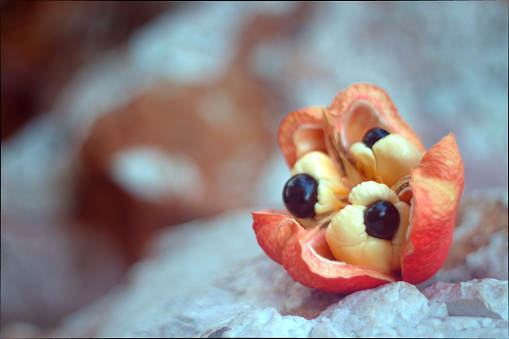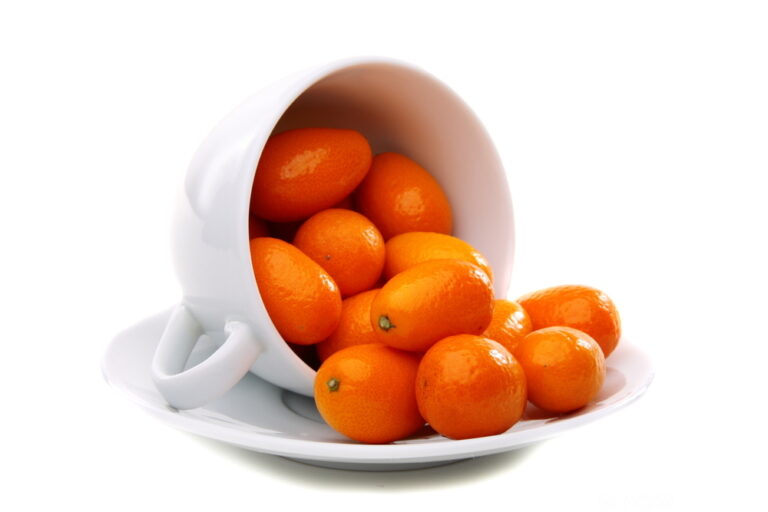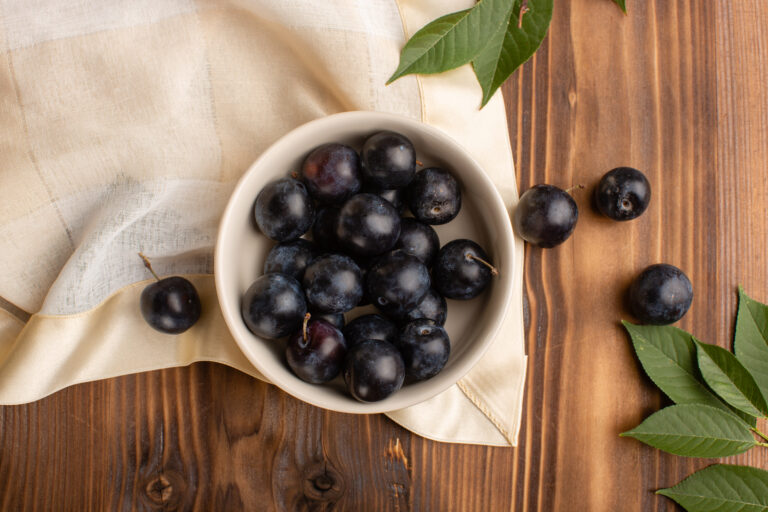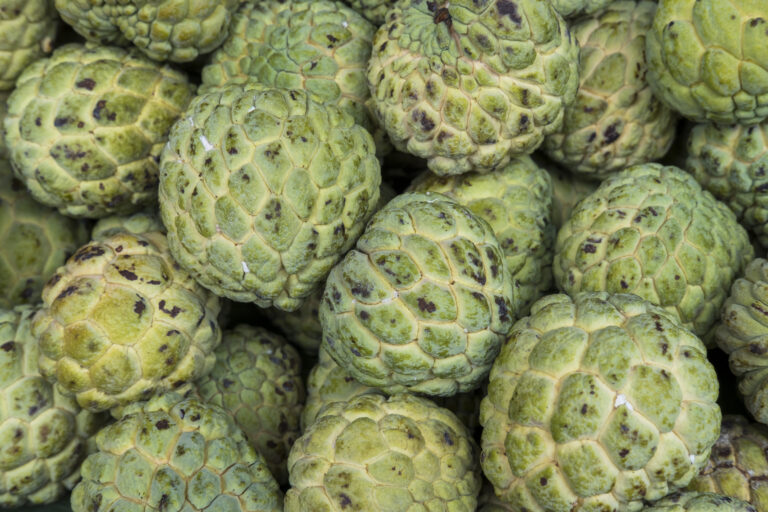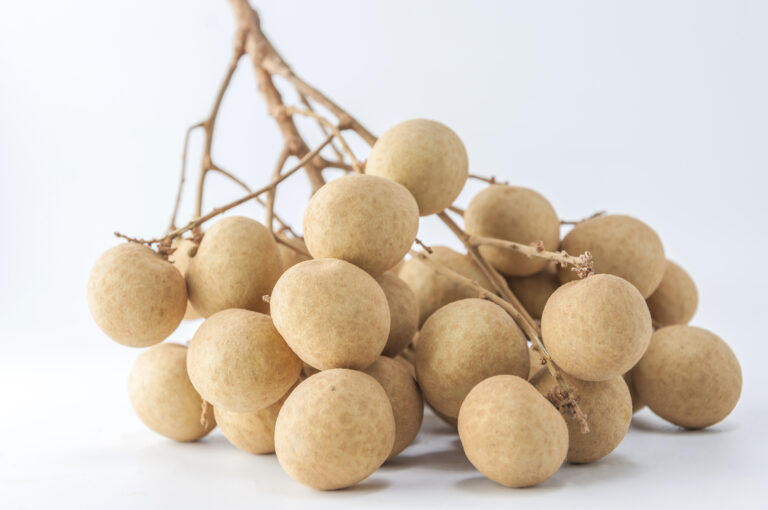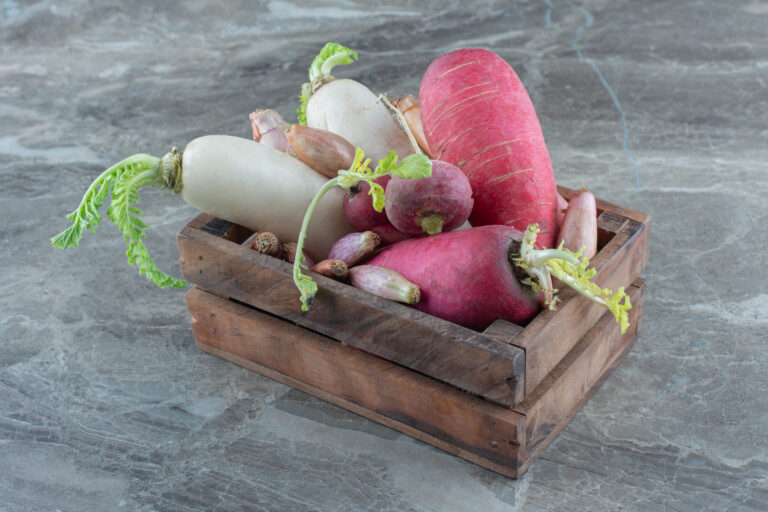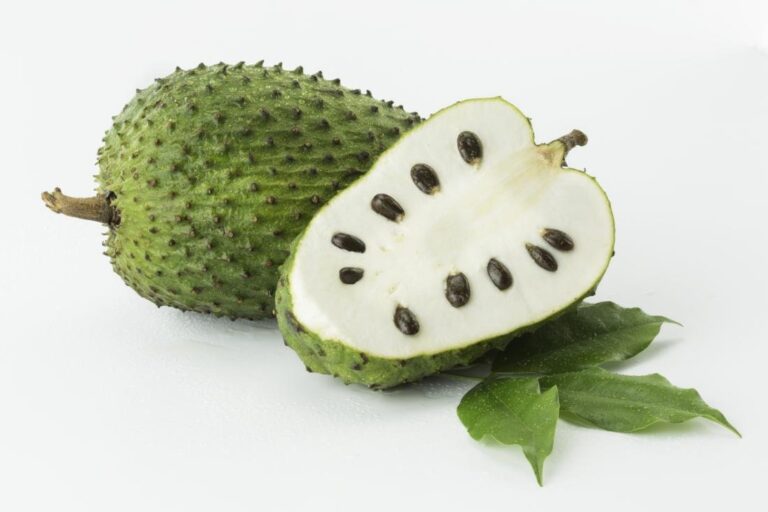Have you ever been amazed by the attraction of white chocolate? What distinguishes it from its more sinister siblings?
In this article, we’ll get to know about what is white chocolate, from its unusual appearance to its various uses. Let’s explore this delicious treat’s creamy domain.
This delight is a sweets miracle that is frequently misunderstood but always attractive. A full symphony of flavours is just waiting to be found, so it’s not only about its pale appearance.
What distinguishes this chocolate as such? How does it become both silky and slightly sweet at the same time? we’ll unravel the mysteries and give you an inside look at the delectable essence of this chocolate in the following paragraphs.
What is White Chocolate?
What is white chocolate? this chocolate is a type of sweet food product made from cocoa butter, milk solids, sugar, and flavorings.
Despite its name, white chocolate doesn’t actually contain any cocoa solids, which are the components that give regular chocolate its characteristic color and flavor.

Instead, this chocolate is primarily composed of cocoa butter, the natural fat extracted from cocoa beans during the chocolate-making process.
The basic ingredients of white chocolate include:
- Cocoa Butter: This is the fat taken out of the cocoa beans. It has a creamy, pale-yellow color and gives white chocolate its smooth texture.
- Milk Solids: These are typically in the form of milk powder or condensed milk. Milk solids provide the dairy flavor and contribute to the creaminess of white chocolate.
- Sugar: This chocolate contains sugar to provide sweetness.
- Flavorings: Vanilla is often added to this chocolate for flavor enhancement. Other flavorings may also be used.
Homemade White Chocolate Recipe
Here’s a shorter version of the recipe:
Ingredients:
- 1 cup cocoa butter
- 1/2 cup powdered milk
- 1/2 cup powdered sugar
- 1 tsp vanilla extract (optional)
Instructions:
- Melt cocoa butter in a bowl over simmering water.
- Mix in powdered milk and powdered sugar until smooth.
- Add vanilla extract if desired.
- Pour into molds or on a lined sheet.
- Chill in the refrigerator until solid.
- Enjoy your homemade white chocolate!
Nutrition Facts
Here are the approximate nutrition facts for a typical 1-ounce (28-gram) serving of white chocolate:
- Calories: Around 150 calories
- Total Fat: 10 grams
- Saturated Fat: 6 grams
- Cholesterol: 10 milligrams
- Sodium: 30 milligrams
- Total Carbohydrates: 14 grams
- Dietary Fiber: Minimal, usually less than 1 gram
- Sugars: 14 grams
- Protein: 2 grams
Please note that these values can vary based on the brand and specific recipe of the white chocolate.

Health Benefits of White Chocolate
White chocolate is known for its creamy and sweet flavor, but it’s important to note that it differs from dark or milk chocolate in terms of nutritional content.
While this chocolate does contain some nutrients, it is generally considered to be less nutritious than its darker counterparts.
Here are some potential health-related aspects of white chocolate:
1. Limited Cocoa Content:
Unlike dark chocolate, white chocolate lacks cocoa solids, which means it doesn’t offer the potential health benefits associated with compounds like flavonoids found in cocoa.
Flavonoids are known for their antioxidant properties.
2. High in Calories and Sugar:
This chocolate is typically high in calories, mostly coming from saturated fats and sugar. Sugar consumption that is excessive can lead to weight gain and other health problems.
3. No Caffeine:
This mouthwatering chocolate doesn’t contain caffeine, which can be a positive aspect for individuals looking to avoid caffeine intake.
4. Contains Cocoa Butter:
This chocolate is made from cocoa butter, which is rich in healthy fats known as oleic acid. Oleic acid is a monounsaturated fat also found in olive oil, and it’s considered heart-healthy.
5. Dairy Content:
This desert contains milk solids, which provide some calcium and protein. However, the nutritional benefits are usually outweighed by the high sugar and fat content.
6. Enjoyment in Moderation:
While white chocolate might not offer the same potential health benefits as dark chocolate, it can still be enjoyed as an occasional treat.
Moderation is key to avoid overconsumption of calories, sugar, and unhealthy fats.
7. Indulgent Treat:
This chocolate is often used in desserts and confectionery, contributing to the enjoyment of various treats. Its milder flavor can appeal to those who prefer less intense chocolate taste.

White chocolate, though often overshadowed by its darker counterparts, possesses a charm and allure all its own. Its delicate flavor, velvety texture, and versatility in culinary applications make it a cherished ingredient.
As you savor the next piece of this tasty chocolate, remember the intricate journey it undertook to bring sweetness to your palate.
Wanna learn about Dark Chocolate click here.
I hope you got the answer to your query (what is white chocolate). Check out our more blog posts and articles by clicking here.


